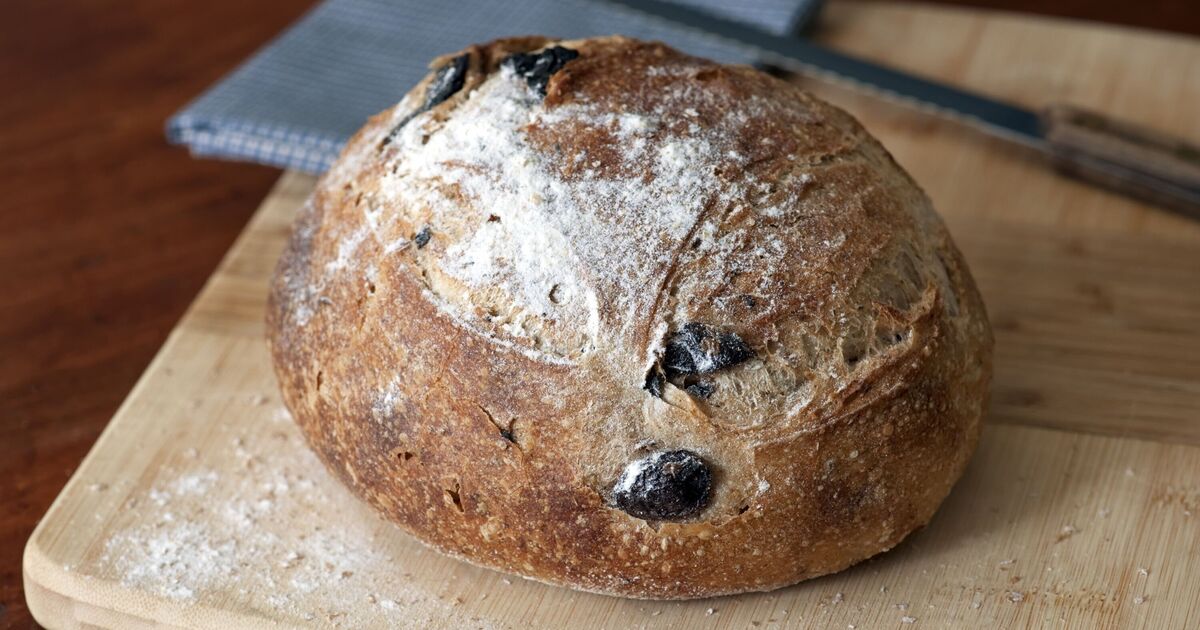Baking fresh bread at home is often seen as a complex, time-consuming endeavour. Traditional recipes demand muscle power for kneading and precise handling of dough—a process that can be intimidating for beginners. But Martha Stewart’s Test Kitchen offers an easy alternative. A delicious yeast bread you can make entirely in one pan, with absolutely no kneading.
Unlike many artisan-style breads that require kneading or specialist techniques, the dough comes together in minutes. Plus, with the addition of cheese and olives baked into it, there’s. Add cool water and stir until a sticky dough forms. There’s no need to work the dough by hand or worry about texture; the lengthy overnight fermentation does all the hard work for you.
This easy no-knead olive and cheese bread has garnered positive reviews from home bakers, including one who claimed that they had “been making it for years”.
Variations of the bread include lemon thyme or dill in the summer and rosemary in the colder months. You can switch up the olives and cheese, but recipe fans agree that a very briney olive and a semi-hard, fragrant cheese work best.
Recipe fans chimed that the bread is “perfect in every way”, adding that “it’s great for everything from sandwiches to toast”.
An essential piece of equipment for this recipe is a Dutch oven, which traps steam, creating that sought-after crackly crust while keeping the crumb chewy—no kneading required.
No-knead bread recipe
Ingredients
- Three cups of bread flour (plus more for dusting)
- One teaspoon fine sea salt
- Three-quarter teaspoon instant or active-dry yeast
- One and three-quarters cups Gruyère cheese (cubed)
- 1.5 cups green Spanish olives (sliced)
- 1.5 cups cool water (55–65F/ 13-18C), plus extra if needed
How to make bread
In a medium bowl, stir together the flour, salt, and yeast. Add the Gruyère cubes and sliced olives.
Pour in the cool water and mix with a wooden spoon or your hand until you have a wet, sticky dough—about 30 seconds. Add more water if necessary.
Cover the bowl with plastic wrap and leave it at room temperature to rise until doubled in size (12 to 18 hours). When done, the surface should be bubbly.
Flour your work surface generously. Scrape out the risen dough onto it. With floured hands or a bowl scraper, gently lift the edges of the dough toward the centre to form a rough round.
Place on a sheet of floured baking paper seam-side down; cover loosely with wax paper and two kitchen towels. Let rise again in a warm place that’s free from drafts until nearly doubled (one to two hours).
Check readiness by gently poking—the impression should hold. Allow to rise for 15 more minutes, and preheat your oven when there are 10 minutes left on the timer.
Preheat your oven to 240C/210C fan (475F/450 fan) with a Dutch oven inside. When ready to bake, carefully remove the hot Dutch oven.
Using parchment as a sling, invert the dough seam-side up into the pot.
Cover and bake for 25 minutes in the lower third of the oven in the centre of the rack. Then uncover and continue baking until deep brown (15 to 30 minutes). Remove from the pan and cool on a wire rack before slicing.

